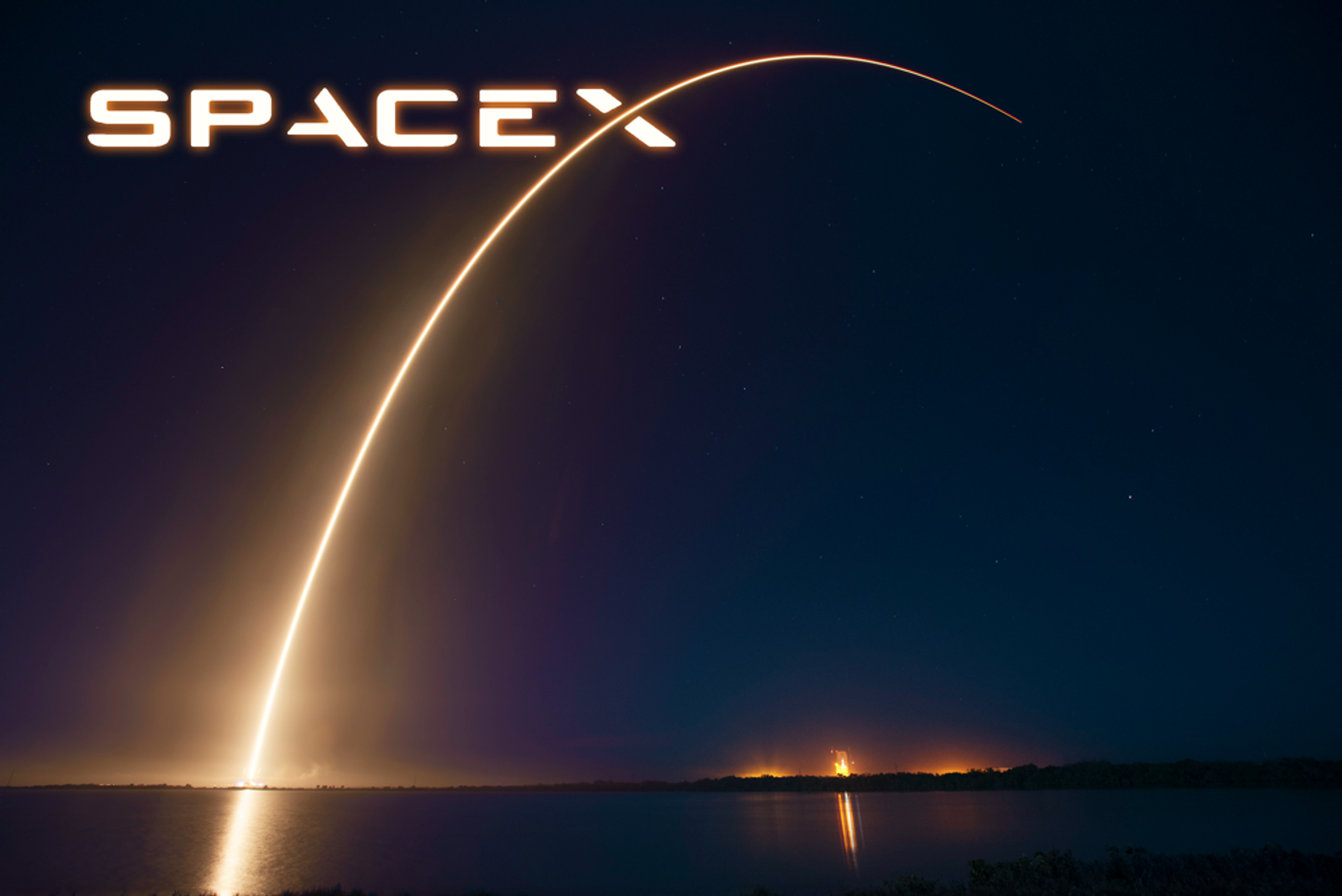SpaceX Announces Readiness to Launch Rockets Again
SpaceX was preparing a Falcon 9 rocket for launch in September of 2016 when all of a sudden, the rocket blew up right on the launch pad in Cape Canaveral, Florida.
Image Credit: SpaceX
Since the anomalous explosion, which The Accident Investigation Team (AIT) composing of units from SpaceX, AIF, NASA, NTSB, USAF and more had a truly hard time explaining, SpaceX has remained grounded, but things are reportedly about to change on that front.
After a long investigation by experts from the aforementioned groups involving careful fine-tooth combing of video footage, umbilical data, and explosion debris, SpaceX attributed this incident to a breach of the composite overwrapped pressure vessels (COPVs) inside the second stage liquid oxygen (LOX) tank onboard the rocket during the fueling process.
Now after proper clearances from the United States government, the commercial space company has announced it should be ready to begin launching Falcon 9 rockets into space again this month.
Although the Cape Canaveral launch pad is too damaged to be used right now, SpaceX will likely rent another launch pad somewhere else in the United States to be used for their launches until their own launch pad repairs are complete.
“Each stage of Falcon 9 uses COPVs to store cold helium which is used to maintain tank pressure, and each COPV consists of an aluminum inner liner with a carbon overwrap,” SpaceX explained in their statement this week.
“The recovered COPVs showed buckles in their liners. Although buckles were not shown to burst a COPV on their own, investigators concluded that super chilled LOX can pool in these buckles under the overwrap. When pressurized, oxygen pooled in this buckle can become trapped; in turn, breaking fibers or friction can ignite the oxygen in the overwrap, causing the COPV to fail.”
“In addition, investigators determined that the loading temperature of the helium was cold enough to create solid oxygen (SOX), which exacerbates the possibility of oxygen becoming trapped as well as the likelihood of friction ignition,” SpaceX added.
It seems the anomaly had a lot to do with chemistry and the failure of the safeguards that were implemented to prevent accidents like this from happening. Super-chilled LOX or SOX seems to be the most viable explanation for the explosion, as it would have created the right pressure and friction conditions for an explosion to occur, igniting all the rest of the fuel around it.
Because the commercial space company now has permission to resume rocket launches once more, it plans to launch from the Vandenberg Space Launch Complex 4E on January 8th.
There, they will launch Iridium NEXT, a global communications satellite that will extend the Iridium communications system. A brief video about Iridium NEXT can be found below:
Source: SpaceX









